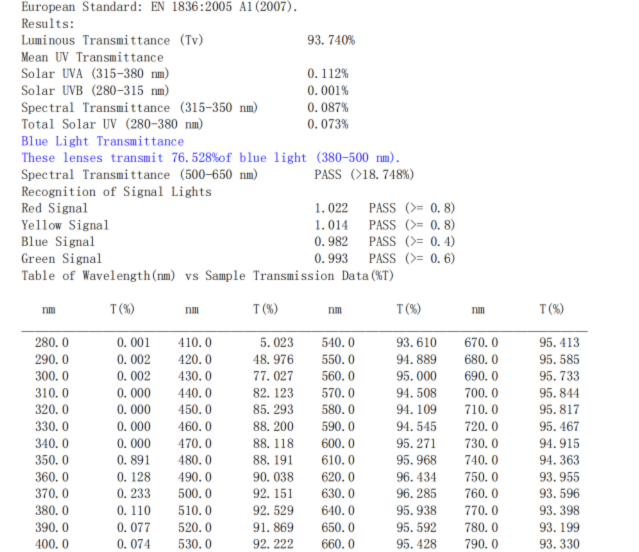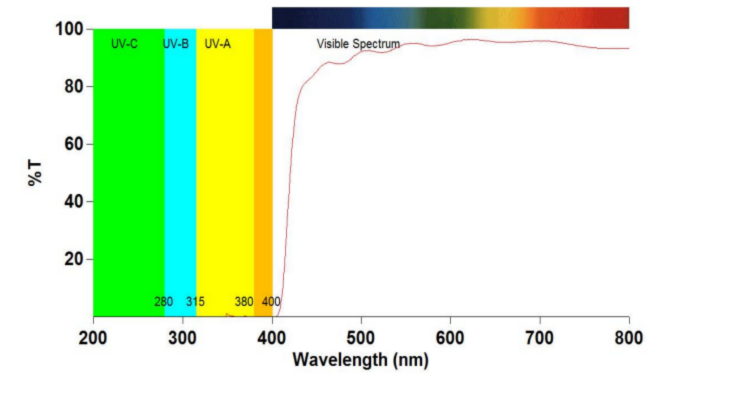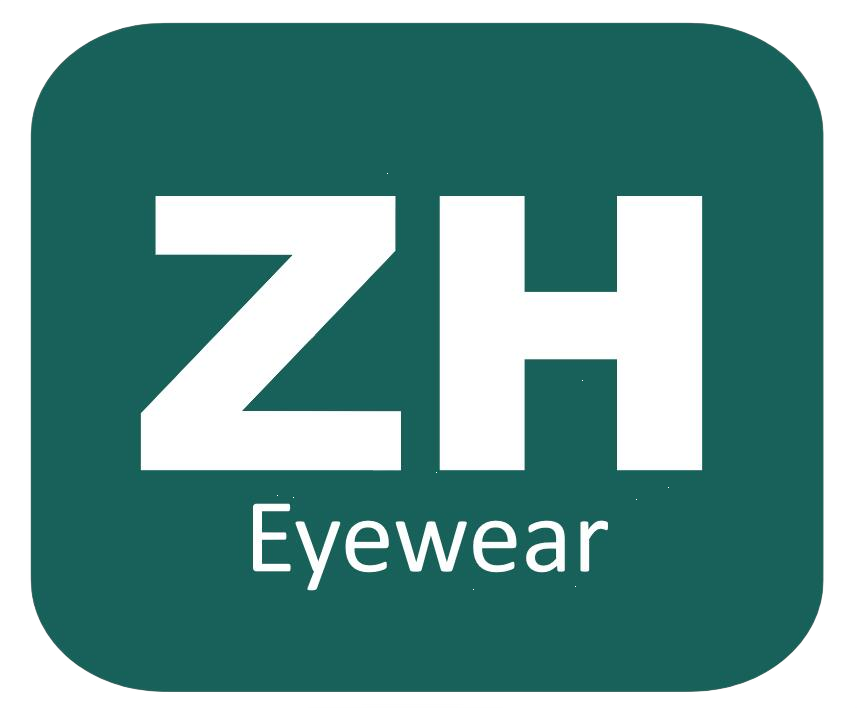(Keywords: “do blue light glasses really work”, “best blue light blocking glasses for gamers”, “how to test blue light filter effectiveness”, “are blue light glasses worth buying”)
In an era where screen time averages 6 hours 58 minutes daily per person, blue light glasses have surged as a “must-have” accessory. Promising reduced eye strain, better sleep, and even retina protection, these lenses now generate $27 million in annual sales—but do they live up to the hype, or is this a billion-dollar marketing illusion?
Let’s dive into the science, scrutinize the claims, and reveal who truly benefits from these tinted lenses.
What Is Blue Light—and Should You Fear It?
Blue light is part of the visible light spectrum (380–500nm) emitted by:
- Digital screens (phones, laptops, TVs)
- LED lighting
- Sunlight (highest natural source)
While excessive exposure to artificial blue light (415–455nm) is linked to:
- Digital eye strain: Blurred vision, dryness (reported by 65% of office workers)
- Sleep disruption: Suppressed melatonin production by 23% (Harvard study)
- Retina risks: Potential long-term damage from cumulative exposure (AAO research)
However, not all blue light is harmful. Turquoise blue light (465–495nm) regulates circadian rhythms and boosts alertness.
The Science Behind Blue Light Glasses
Blue-blocking lenses use two technologies:
- Tinted filters: Amber/orange coatings that absorb 30–90% of blue light.
- Clear coatings: Multi-layer reflections to block 10–40% without color distortion.
What Research Says:
- A 2023 Cochrane Review analyzed 17 studies and found “no significant evidence” that blue light glasses reduce eye strain better than placebo lenses.
- A 2021 University of Houston study showed amber lenses increased melatonin levels by 58% in night-time screen users.
- Optometry Times reports 72% of users feel reduced eye fatigue, suggesting a psychological or placebo effect.
The Marketing Machine: How Brands Exaggerate Claims
Eyewear brands often exploit scientific ambiguity with tactics like:
- Fear-mongering visuals: Animated videos showing blue light “damaging” eyes.
- Misleading certifications: “Blue Light Protection Certified” labels from unregulated agencies.
- Celebrity endorsements: Influencers claiming glasses cured their migraines (without medical proof).
Red Flags to Watch For:
- Claims of “100% blue light blocking” (impossible without pitch-black lenses).
- Prices exceeding $150 for basic polycarbonate lenses.
- No transparency on exact wavelength filtering ranges (e.g., “blocks 420–455nm”).
Who Should Actually Use Blue Light Glasses?
These groups may see measurable benefits:
- Night owls: Gamers/night-shift workers using screens after dark.
- Chronic dry eye patients: Lenses may reduce blink-rate decline during screen use.
- Placebo responders: Those who psychologically associate tinted lenses with comfort.
For others, practical alternatives work better:
- 20-20-20 rule: Every 20 minutes, look at something 20 feet away for 20 seconds.
- Night mode settings: Reduce screen color temperature automatically.
- Anti-glare matte screens: Cut reflected blue light by 37%.
How to Choose Non-Hype Blue Light Glasses
If you decide to try them, prioritize:
- Certified filters: Look for ISO 12312-1 or ANSI Z80.3 standards.
- Customized protection: Gamer glasses (30% filtering) vs. night-use (70%+ amber).
- Trusted retailers: prescription opticians.
Avoid upsells on “blue light +” features like anti-radiation (no proven health risks).

Zheyewear

Zheyewear
The Final Verdict
Blue light glasses sit in a gray zone—not a scam, but not a miracle cure. While rigorous science remains limited, they offer tangible value for specific users when paired with healthy screen habits.
Before buying: Use free apps like f.lux to test if software adjustments suffice. Your eyes (and wallet) might thank you!
Word Count: 650

Hello! I hope you’re having a great day. Good luck 🙂